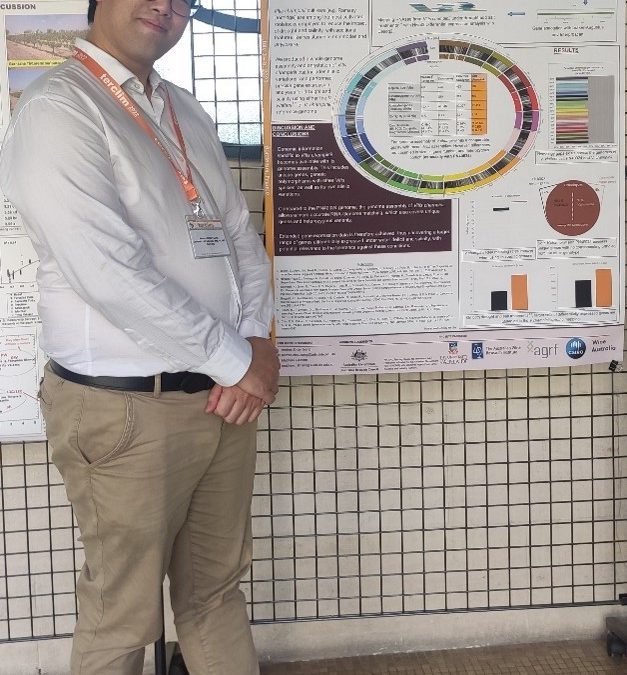Alternatives to sulfur dioxide for controlling Brettanomyces spoilage in wine
Background
Brettanomyces is a yeast associated with wine spoilage, particularly during storage. Sulfur dioxide (SO2) is the most commonly approach used to control this yeast (Harris et al 2010). However, the use of SO2 has several downsides, including the potential to develop resistance (Curtin et al 2012).
Objectives/aims
Novel approaches to avoid SO2 in managing Brettanomyces such as biological agents including peptides (yeast killer factors) and/or enzymes (β-glucanase) and physical method of control (low voltage, high pressure, UV treatment) will be investigated. The development of rapid/real-time sensors for Brettanomyces might also contribute to management of this spoilage organism. This project would take advantage of current joint research between the AWRI and UoA on this topic.
ON THIS PAGE
Latest News

Macrowine Conference – Isara Vongluanngam
By Isara Vongluanngam Every two years, wine researchers from around the world come together to exchange their latest findings and knowledge at OenoMacrowine conference. This renowned international congress focuses on macromolecules and secondary Metabolites of vine...

Andres Experience at Terclim 2022 | Bordeaux, France
By Andres Zhou Tsang I am sure many of the ARC Training Centre Members have very fond memories of the 13th International Terroir Congress, taking place in Adelaide back in 2020, which connected grape and wine scientists and industry leaders from all over...

Delaying grapes from ripening results in more flavoursome wine
Republished with permission from The University of Adelaide Newsroom Researchers from the University of Adelaide have crunched the data on the best methods to delay grapes ripening on the vine, leading to better quality wine. “Our research focused on three...







